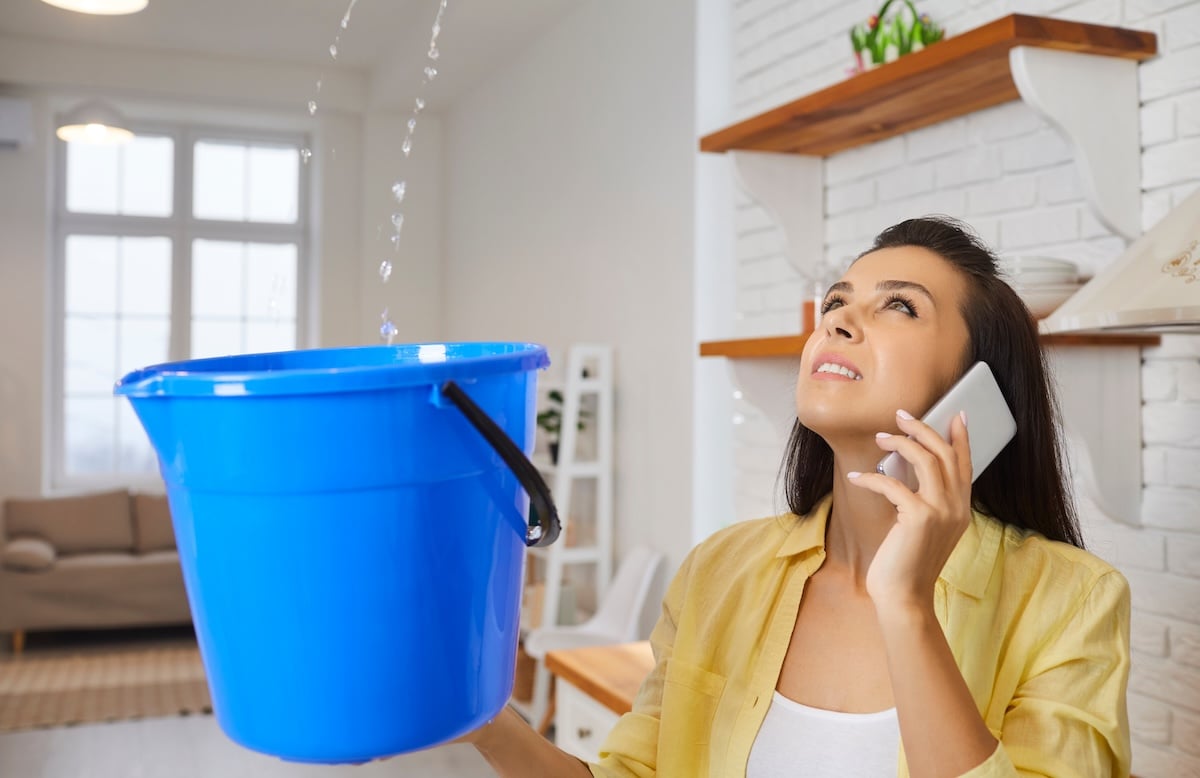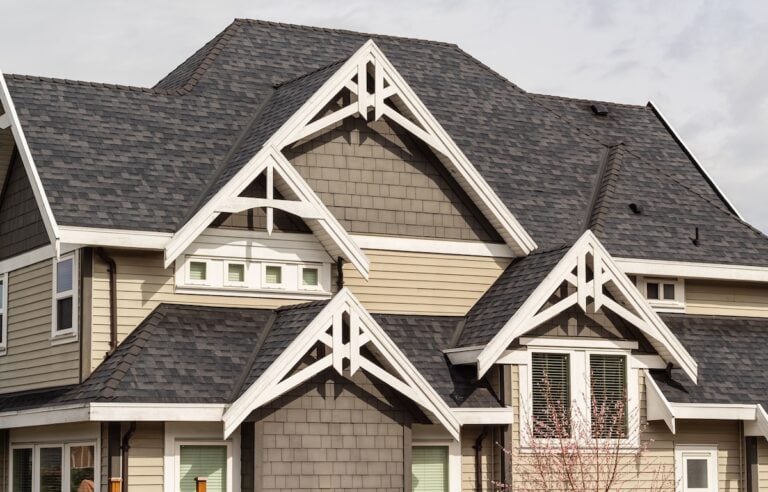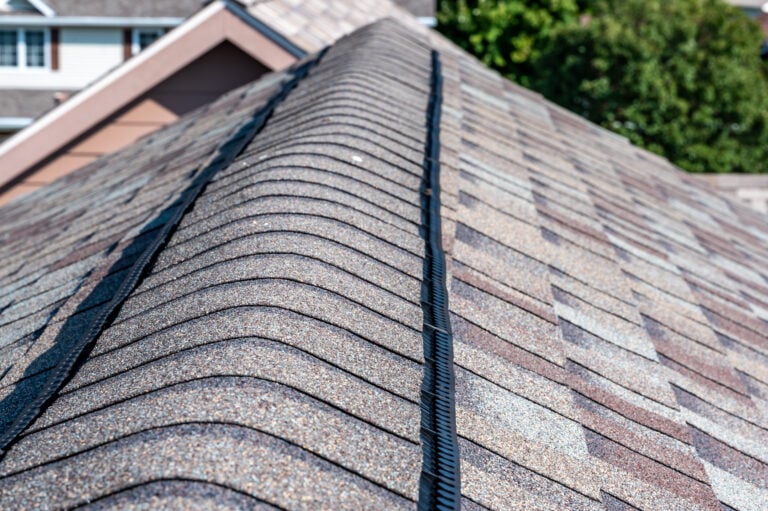Water damage to your ceiling can be a homeowner’s nightmare. Whether it’s from a burst pipe, roof leak, or storm damage, addressing ceiling water damage quickly is crucial to prevent further structural issues and costly repairs. This comprehensive guide will walk you through the ceiling water damage repair process, from initial assessment to final restoration.
In this article, we’ll cover:
- How to assess the extent of water damage
- Step-by-step ceiling water damage repair process
- Prevention tips to avoid future damage
🔎 Understanding Ceiling Water Damage
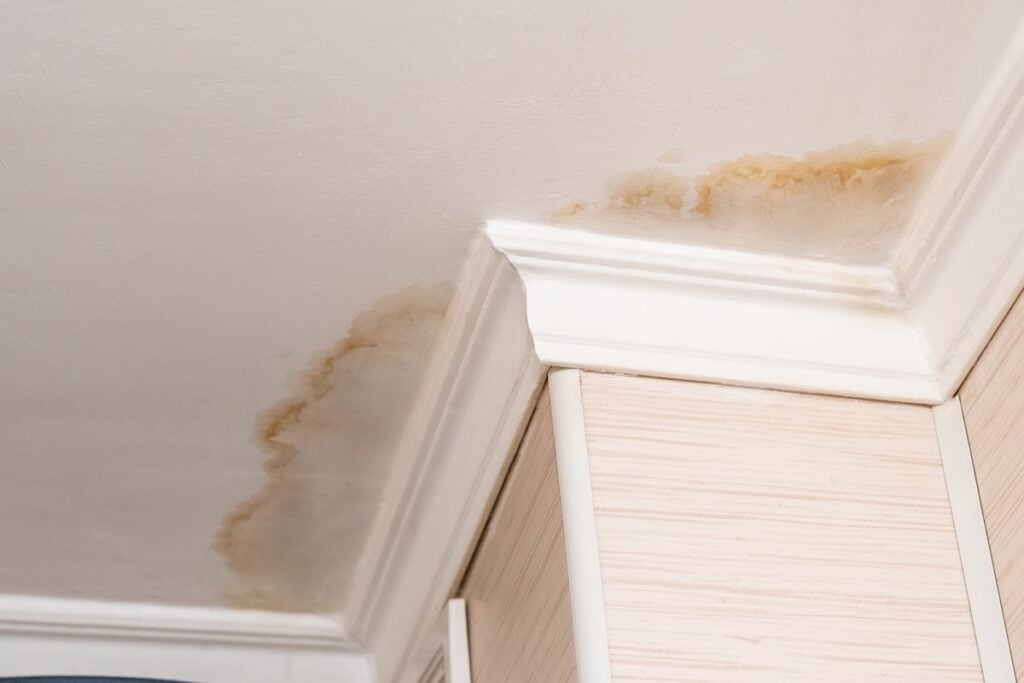
Ceiling water damage occurs when moisture penetrates through your roof, plumbing, or HVAC systems and affects the ceiling materials. The damage can range from minor discoloration to complete structural failure of ceiling components.
Common signs of ceiling water damage include:
- Brown or yellow stains on the ceiling
- Sagging or bulging ceiling sections
- Peeling or bubbling paint
- Musty odors indicating mold growth
- Visible water dripping or pooling
Types of Water Damage
Not all water damage is the same. Understanding the source helps determine the appropriate repair approach:
Clean Water Damage: Caused by broken water supply lines or rainwater. This type poses the least health risk and is easier to clean up.
Gray Water Damage: Results from appliance malfunctions like washing machines or dishwashers. This water contains some contaminants.
Black Water Damage: The most serious type, involving sewage or flood water. This requires professional remediation due to health hazards.
✅ 6 Step Ceiling Water Damage Repair
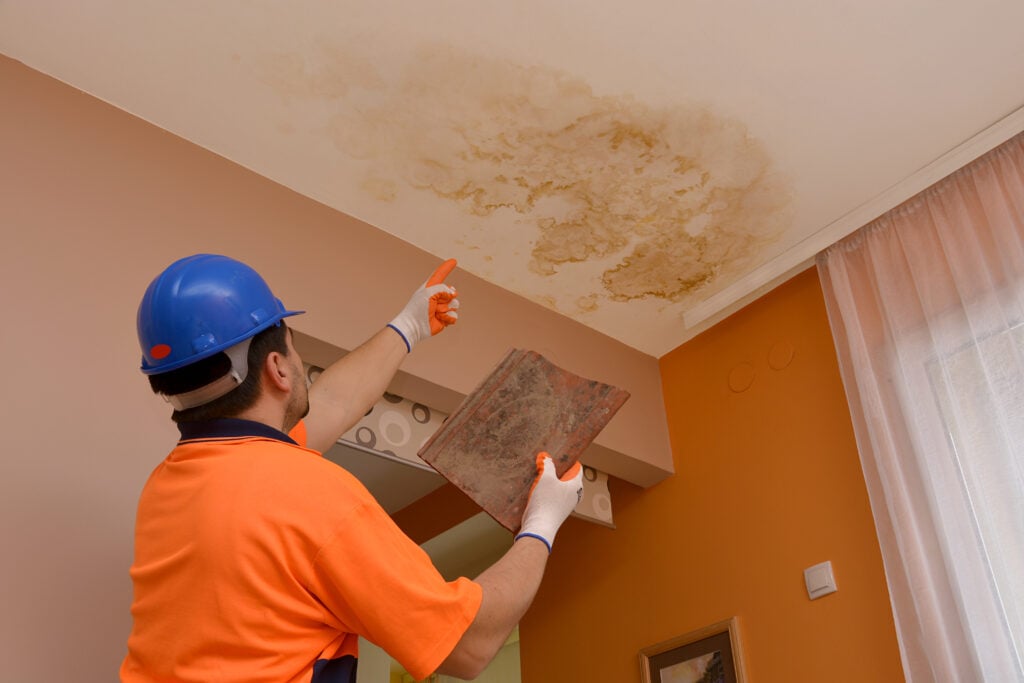
Once you’ve ensured safety and determined the damage is manageable, follow these steps for effective ceiling water damage repair:
1. Stop the Water Source
Locate and eliminate the source of water intrusion. This might involve:
- Shutting off water supply lines
- Placing tarps over roof leaks
- Calling a plumber for pipe repairs
- Contacting a roofing contractor for roof damage
Without stopping the source, any repairs you make will be temporary and likely fail.
2. Remove Standing Water and Dry the Area
Use buckets, mops, or wet vacuums to remove any standing water. Set up fans and dehumidifiers to accelerate drying. Open windows and doors to improve air circulation.
The affected area should be completely dry within 24-48 hours to prevent mold growth. Monitor humidity levels and continue ventilation until moisture levels return to normal.
3. Remove Damaged Materials
Carefully remove all water-damaged ceiling materials. This typically includes:
- Damaged drywall or plaster
- Insulation that has become wet
- Ceiling tiles or panels
- Any soft materials that cannot be properly dried
Cut damaged drywall in manageable sections using a utility knife. Score the paper face and snap along the line for clean edges.
4. Clean and Disinfect
Thoroughly clean all exposed surfaces with a mild bleach solution (1 cup bleach to 1 gallon water). This prevents mold and mildew growth in the affected area.
Allow surfaces to dry completely before proceeding. Pay special attention to wooden framing members and any remaining ceiling materials.
5. Replace Insulation and Repair Structure
Install new insulation if the old material was removed. Choose insulation appropriate for your climate zone and ceiling type.
Repair any structural damage to ceiling joists or framing members. Minor damage can often be reinforced with additional lumber, while severe damage may require replacement.
6. Install New Ceiling Materials
Measure and cut new drywall to fit the damaged area. Secure with appropriate screws, spacing them according to building codes.
Apply joint compound to seams and screw holes. Sand smooth when dry, then apply primer and paint to match the existing ceiling.
❗️ Preventing Future Ceiling Water Damage

Prevention is always better than repair. Regular maintenance can help you avoid costly ceiling water damage repair in the future.
Roof Maintenance
Your roof is your first line of defense against the elements, so proper maintenance is essential to avoid costly repairs. Schedule annual roof inspections by a professional to identify and fix potential leak sources before they become major issues. Look for signs of wear and tear, such as missing, cracked, or curled shingles, and replace them promptly to maintain the roof’s integrity. Clean gutters regularly to ensure water flows away from your home, as clogged gutters can lead to water backup and leaks. Additionally, proper attic ventilation is crucial in preventing moisture buildup and the formation of ice dams during winter, which can damage both the roof and the interior of your home.
Plumbing Maintenance
Plumbing issues can quickly escalate into significant water damage if not addressed. Regularly inspect all visible plumbing, such as pipes, faucets, and fittings, for signs of wear, corrosion, or leaks. Address any minor issues immediately to prevent them from worsening. Know the location of your main water shut-off valve and practice how to operate it in case of an emergency, as this can save your home from extensive flooding. Installing water detection devices in areas prone to leaks, like under sinks or near water heaters, is a smart preventive measure. These devices can alert you to leaks early, helping you address the problem before it leads to significant damage and repair costs.
HVAC System Care
Your heating, ventilation, and air conditioning (HVAC) system plays a key role in maintaining your home’s comfort and air quality, but it can also be a source of water damage if not properly maintained. To prevent condensation buildup, ensure the system is functioning efficiently and the drainage lines are clear of blockages. Replace or clean air filters regularly to maintain airflow and prevent strain on the system. Check the drainage from air conditioning units to ensure water is being directed away from your home effectively. Schedule an annual inspection with qualified HVAC technicians who can thoroughly examine the system, clean components, and identify any potential problems, such as clogged drains or failing components, before they cause significant damage.
👨🔧 Trust the Experts for Your Roofing Needs
When it comes to ceiling water damage repair, Palladium Roofing is the team you can count on for reliable, high-quality service. With years of experience, advanced tools, and a commitment to addressing both the damage and its root cause, we ensure your home is protected for the long haul.
Don’t let water damage disrupt your life—let our skilled team handle the repairs with efficiency and care. Contact Palladium Roofing today for a free consultation and take the first step toward restoring your home with confidence.


